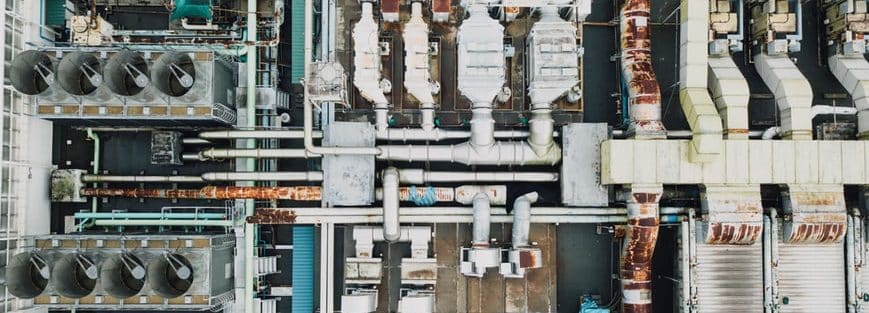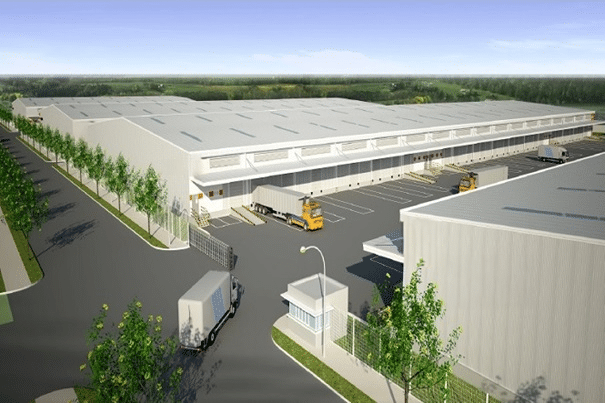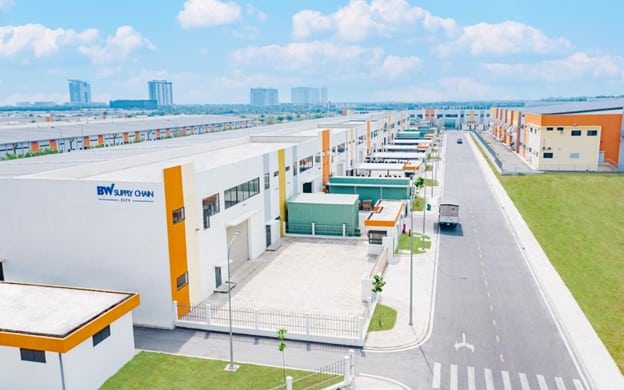A replacement for Decree No.82/2018/ND-CP on the management of industrial and economic zones is being drafted by the Ministry of Planning and Investment to attract investments, as well as to align with other legal documents. However, Tran Anh Tuan, director of Hanoi Industrial and Export Processing Zones Management Authority, told VIR’s Hara Nguyen that incentive policies may not be attractive enough yet.
The replacement for Decree 82 is being drafted at a time when Vietnam is seen as one of the more promising destinations for investors. Is the amendment of the policies at this time necessary and timely?
According to a report from the Ministry of Planning and Investment, in charge of composing the decree, as of the end of April, 575 industrial zones (IZs) in the master plan of the country were approved by the prime minister with the total area of 219,500 hectares; 18 coastal economic zones (EZs) across 17 cities and provinces at 853,000ha; and 26 border EZs have also been set in the master plan.
These zones have mobilised a huge amount of investment, and are the driving force for development and economic growth. As of the end of April, they have mobilised over 10,000 valid domestic projects and nearly 11,000 valid foreign ones, with the total registered capital of $109.6 billion and $230.2 billion, respectively.
Thereby, building and issuing the new decree is essential. The draft has added some new provisions to fit with laws such as those on investment and environmental protection and other legal documents, as well as resolves practical issues related to IZs and EZs such as decentralisation, processes, and conditions for considering in-principle approvals of zone infrastructure construction projects.
How do you assess the new provisions of the decree draft and how might they contribute to foreign direct investment into this country?
The draft is built based on the succession of the current regulations to promote incentives, and mobilise more investment into IZs and EZs, standardising and perfecting their management. We are highly appreciative of this new provision, which helps us become more proactive to resolve issues related to these zones.
The new draft has also added some provisions to be accordant with new laws and real practices, including the area of IZs having to be at least 75ha, leaving 5 per cent at least for small- and medium-sized enterprises, supporting and innovating businesses, and other priorities. These moves are suitable with Resolution No.50-NQ/TW issued in 2019 on perfecting mechanisms and policies, and raising quality and efficiency of foreign investment by 2030.
The draft does not apply the 60 per cent occupation requirement for IZs in a province to supplement the planning of a new IZ in several cases, for example if the total natural area of all IZs of a locality is under 1,000ha; if the IZ receiving in-principle approval has already been handed over to a new investor; if the zones are ecological or specialised; and if developers commit to leave at least 30 per cent of the total area for high-tech, innovative, or priority projects.
The draft also provides some new incentives for projects on the list of industries eligible for special investment incentives in EZs, or EZs applying special incentives for projects in industrial areas.
Specifically, after receiving in-principle approvals, people’s committees will consider and make decisions to allow such projects to develop before accomplishing all procedures on construction, labour, land, and others that are under the management of people’s committees or IZ/EZ management boards, or other local departments or authorities. So investors have to make sure of the timeline of these tasks and take all responsibility for the commitment and process of the projects.
This is a new and open incentive for investors and projects to easily and quickly develop in IZs, thanks to the decentralisation to local authorities. However, in my view, the incentive is not attractive enough to become a breakthrough on mobilising foreign direct investment into Vietnam and into these zones.
Funding of industrial property is one of the hottest areas right now, so how could the upcoming decree impact investment mobilisation in industrial and economic zones?
The draft decree has added some provisions on IZs specialising in manufacturing and providing services for production in a single industry. Industrial land area in such projects accounts for at least 60 per cent of the total zone land area. The specialised IZs can enjoy the same incentives as supporting ones.
New measures of mobilising investment into developing infrastructure are clear in the draft decree. These include the land re-rent advance from investors who wish to lease land in IZs to develop infrastructure; and the excess annual revenue or other state budget revenues or EZ revenues that can be spent on their infrastructure. These measures will contribute to strengthening the development of zone infrastructure, which may be ready for international investors to carry out their projects as quickly as possible.
In my opinion, we should build a law on IZs instead of only a decree because the effectiveness and coverage of the law would be stronger. Moreover, the functions and tasks of people’s committees and IZ/EZ management boards in implementing regulations on development would be much clearer and more comprehensive.
By Hara Nguyen, VIR












